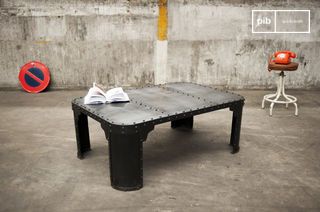Black coffee tables
Black coffee tables introduce a strong contrast into a living room. Black absorbs light, structures space and enhances other materials. A black coffee table can be used to visually anchor a light sofa or echo other dark elements in the room. Depending on the material - stained wood, metal, stone or lacquered glass - the effect will be more or less dense. This choice allows you to organize the space clearly, while modulating the ambience according to the finishes and proportions chosen.
read more >Filters
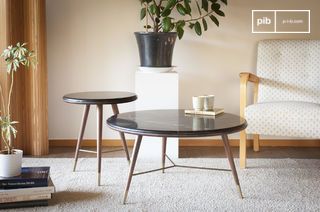
Black marble coffee tableSivart
€765 €690-10%
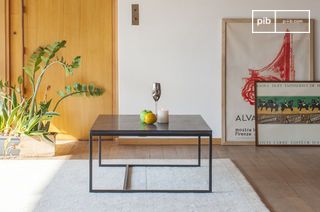
Black marble coffee tableAvedore
€495 €445-10%
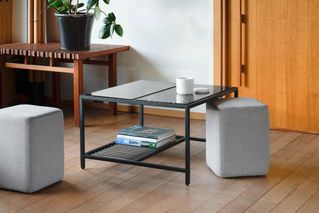
Marble coffee table with poufsNoora
€560 €505-10%
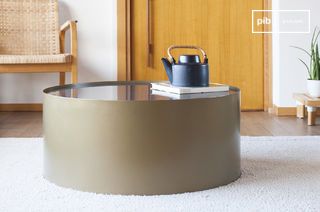
Round marble coffee tableDickinson
€995 €895-10%

Why choose a black coffee table?
Black in furniture acts as a visual cue. A black coffee table helps to refocus the reading of a living room, especially when the environment is light, nuanced or very open. It provides a focal point that stabilizes the layout and frames volumes. This role is accentuated in minimalist compositions or open rooms where few elements ensure visual coherence. Black then creates a legible surface, without interfering with other textures or colors in the space.
The finish strongly influences the perception of the table. A matte finish diffuses little light and attenuates contrasts. It's ideal for sober, low-glare environments. Satin black, slightly brighter, modulates perceived depth, while textured or grained black introduces useful surface variation in very uniform spaces. These parameters make it possible to adapt the table to the room's configuration without making it a dominant element.
Materials and possible combinations
A black coffee table can be made in stained wood, metal, lacquered glass or dark stone. Wood, solid or veneered, gives a warmer rendering, with visible veins despite the dark hue. It adds density without rigidity. Metal, finer and more geometric, introduces a clean structure, often used in bases or solid tops. Lacquered black glass gives a restrained mirror effect, interesting in interiors with clean lines. Black stone, like marble or granite, reinforces the mineral aspect and adds visual weight.
These materials are often combined to balance weight and finesse: stone top, metal structure; stained wood and tubular base; glass surface on steel frame. Each composition influences the overall perception of presence, volume and lightness. This work of internal contrast is essential so that the table blends into the space without generating an opaque visual block.
In terms of associations, a black coffee table combines easily with light fabric seats, brown leather, natural wood or raw metal. Here, black serves as a point of visual tension, without simposing. It is often used to echo other punctual elements: lights, frames, chair legs, handles or switches. This ensures visual continuity, without an overpowering effect.
Functionality and maintenance
Beyond the visual effect, a black coffee table offers great functionality. Models with solid tops are suitable for everyday use: putting down a cup, a book, a laptop. Some models feature lift-up tops or built-in storage (niches, drawers, double tops), useful in small spaces. Black partially masks traces of wear, but certain finishes easily reveal dust or fingerprints.
For maintenance, a soft, slightly damp cloth is all you need. Abrasive products should be avoided, especially on lacquered or matt surfaces. Textured finishes are more tolerant of daily handling. The choice of finish should therefore take into account lifestyle: frequency of cleaning, presence of children, direct exposure to natural light.
Choosing a black coffee table means choosing a point of visual balance. It structures the living room without rigidity, adapts to a variety of materials and blends easily into varied aesthetics. The diversity of formats, finishes and uses allows you to select a piece that is consistent with the existing furnishings, while ensuring a clearly defined function.
